As the proud owner of peakdistrict.org, my love for the Peak District runs deep. But it would be an injustice not to acknowledge the unique beauty of the Lake District.
Both offer distinct experiences, and choosing between them can feel like an impossible task.
In this article, I’ll put aside my inherent bias and dive into an unbiased comparison of these two natural gems: the Peak District vs the Lake District.
If you’re in a rush:
The Peak District, located centrally in England, offers a unique blend of steep limestone valleys, dramatic millstone grit edges, and rolling hills. In contrast, the larger Lake District boasts lusher green valleys, tranquil lakes, and towering fells. Both regions provide a variety of outdoor activities, rich cultural heritage, and diverse accommodations and dining options. While the Peak District is more accessible from major cities, the Lake District’s breathtaking landscapes can make the extra travel time worthwhile. The best one to visit depends on personal activity preferences, weather, and crowd levels.
The Geographical Differences
In the heart of England, the Peak District hills sprawl over an expanse of 555 square miles. Its unique landscape is a blend of steep limestone valleys, dramatic millstone grit edges, and rolling hills, punctuated by charming villages. From the rugged Dark Peak to the gentler White Peak, the area is a geologist’s dream.
The Lake District, on the other hand, is much grander. It boasts 912 square miles of captivating landscapes. Its lush green valleys, tranquil lakes, and towering fells make for postcard-perfect views. The highest point in England, Scafell Pike, is here, as is Windermere, England’s largest lake.
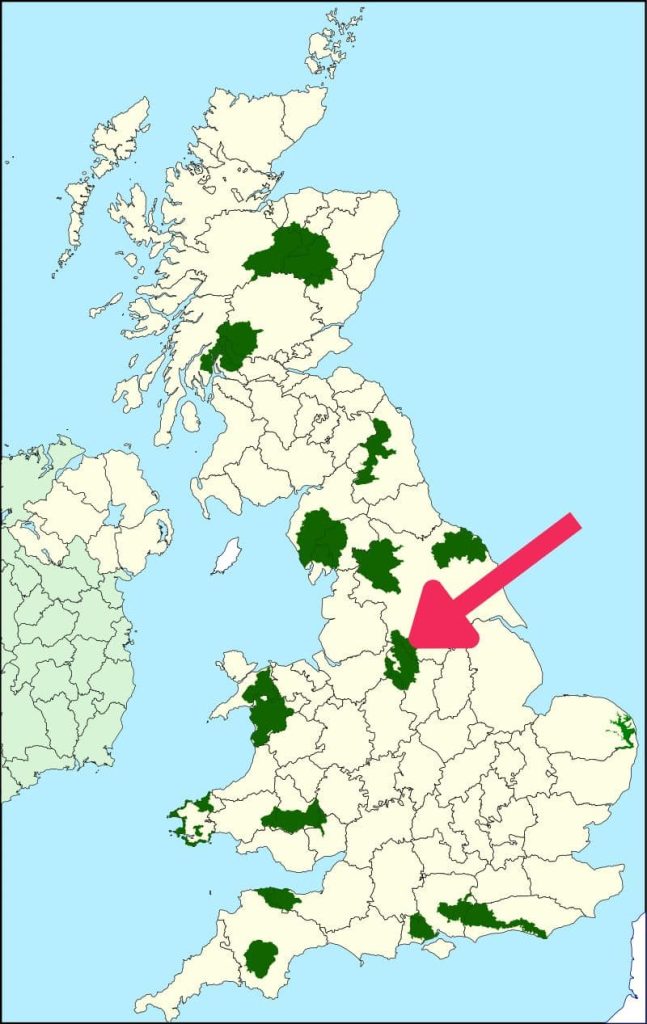
Activities and Adventures
When it comes to outdoor activities, both districts are a treasure trove.
The Peak District, with its extensive network of trails (such as the Monsal Trail), is a haven for walkers, cyclists, and horse riders. Rock climbing is also particularly popular here, thanks to iconic spots like Stanage Edge and The Roaches. Additionally, there are several waterfalls in Peak District National Park to explore.
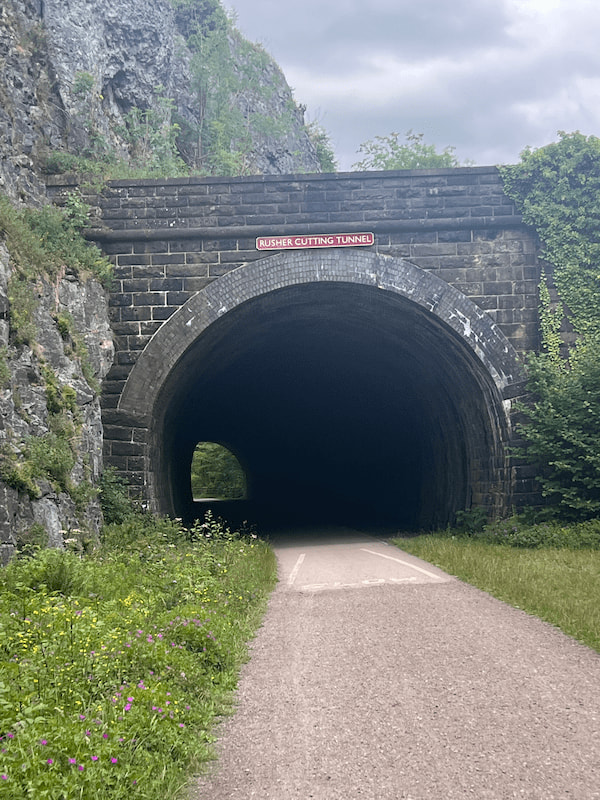
The Lake District is more famous for its water-based activities. You can enjoy sailing, kayaking, and wild swimming. Walking and hiking opportunities are equally abundant, with routes varying from gentle lake strolls to challenging mountain treks.
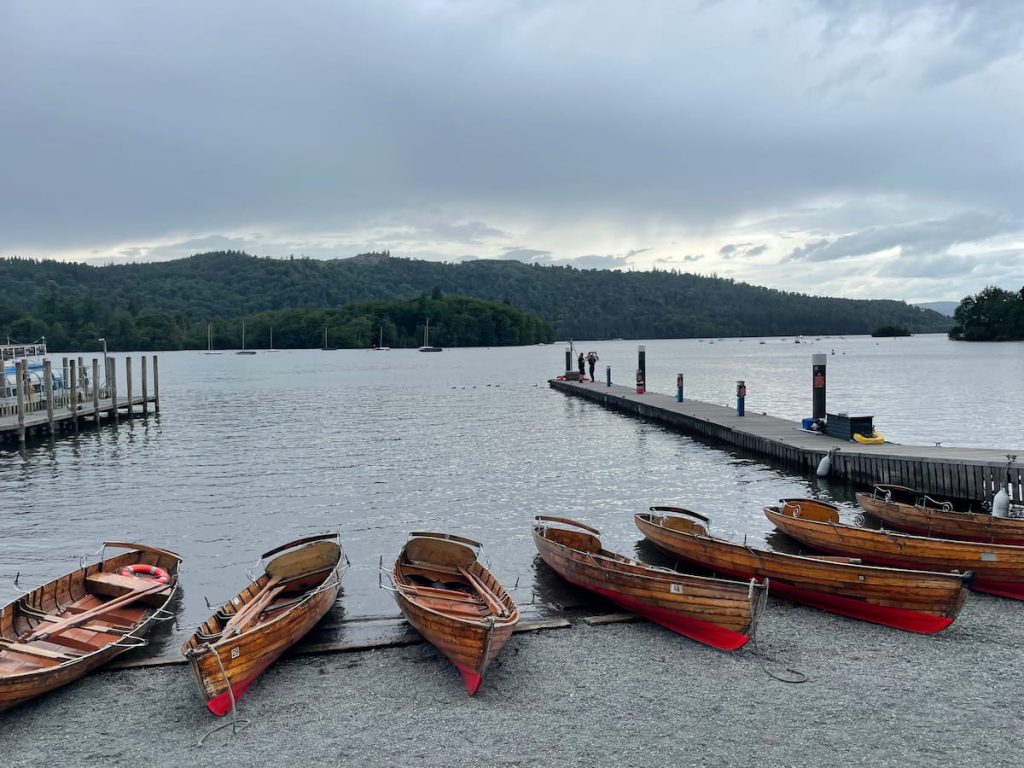
Both national parks are some of the most popular places to visit in North West England, for good reason due to the wide range of activities they offer. However, the Lake District wins when it comes to the abundance of activities and options to choose from in its vast landscape.
Cultural Heritage
Both regions are steeped in history and culture. The Peak District has a rich industrial heritage, with historic mills, caverns that once were the hub of lead mining, and museums like the Peak District Lead Mining Museum and Cromford Mills.

The Lake District is a UNESCO World Heritage site thanks to its fascinating landscapes, but in addition to this, it’s renowned for its literary associations. From Beatrix Potter’s Hill Top Farm to William Wordsworth’s Dove Cottage, it’s a literature lover’s paradise.
Accommodations and Dining
Both districts provide a range of accommodations, from budget-friendly hostels to luxury hotels and charming B&Bs. You’ll also find plenty of camping and caravan sites if you prefer a more immersive nature experience.
As for dining, each has its unique offerings. Both Districts boast traditional English pubs and tea rooms, but the Lake District is home to several Michelin-starred restaurants.
But to compare the number of each, I complied the number of each via Trip Adviser:
- Hotels:
- 295 properties in the Peak District National Park (Just a small number were Peak District Hostels)
- 1,464 properties in Lake District National Park
- Campsites:
- 299 Campsites listed in the Peak District
- 1,465 campsites listed in the Lake District (Even some glamping options in the Lake District)
- Restaurants (including Pubs & cafes):
- 355 Restaurants in the Peak District National Park
- 977 Restaurants in Lake District National Park
Accessibility
The Peak District, located in central England, is easily accessible from several major cities like Manchester, Sheffield, and Derby.
The Lake District, being further north, can be a bit more challenging to reach from most of England, but its beauty can make the journey worthwhile.
Journey Times by Cars Compared
To the Peak District:
- From London: Approximately 3 to 4 hours.
- From Manchester: Approximately 1 hour.
- From Birmingham: Approximately 1.5 to 2 hours.
- From Sheffield: Approximately 20 to 30 minutes.
- From Leeds: Approximately 45 minutes to 1 hour.
To the Lake District:
- From London: Approximately 4 to 5 hours.
- From Manchester: Approximately 1.5 to 2 hours.
- From Birmingham: Approximately 3 hours.
- From Sheffield: Approximately 2.5 to 3 hours.
- From Leeds: Approximately 2 to 2.5 hours.
Note: These times are estimated for car travel, and actual travel times may vary depending on the specific start and end points of your journey, the route chosen, and traffic conditions.
If you plan to use public transport, you can expect longer travel times due to various stops and changes. Both the Lake District and the Peak District are served by train services, and the stations are well-connected to bus routes that can take you deeper into the districts.
But in both the Peaks and Lake District, without a car, you’re unlikely to be able to explore as many places!
In general, the Peak District is more centrally located and thus a bit easier to reach from most major cities. However, the further distance of the Lake District is often considered worth the extra travel time given its breathtaking landscapes and abundant outdoor activities.
If you’re torn between visiting the Lake District and the Peak District and wish to explore both, consider staying somewhere central. Manchester is almost perfectly situated between these two national parks, making it an ideal option. All you need to do now is figure out where to stay in Manchester.
Best time to visit the Peak District vs Lake District
Peak District:
The Peak District can be visited any time of the year, but each season has its distinct charm.
Spring (March to May): This is a beautiful time to visit when the landscape comes to life with wildflowers. The weather is usually mild, and it is before the summer crowds. Weekdays are quieter as it’s usually outside of school holidays.
Summer (June to August): This is the most popular time to visit, thanks to the warm weather and longer daylight hours. However, expect larger crowds, especially during school holidays and weekends. Early morning or late evening visits can help avoid the busiest times.
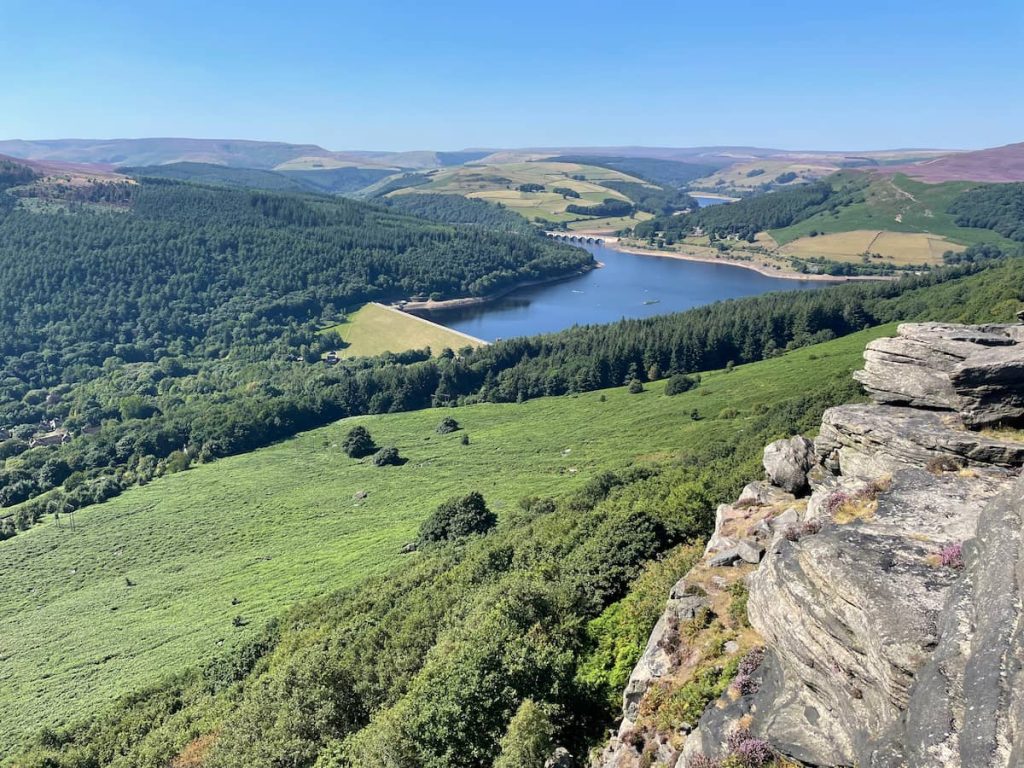
Autumn (September to November): The changing colors make this an attractive time to visit, and there are fewer visitors than in the summer. It’s cooler, so pack appropriately.
Winter (December to February): The landscape can be stunning in winter, especially if there’s snow. It’s the quietest time of year, but do be aware that some facilities may close or have reduced hours. Weather can be unpredictable, so it’s crucial to check the forecast and plan accordingly.
Lake District:
As with the Peak District, there’s something to enjoy in the Lake District all year round.
Spring (March to May): The weather begins to warm, and the area is dotted with daffodils and newborn lambs. It’s also a relatively quiet time outside of the Easter holidays.
Summer (June to August): The most popular time to visit, with long, warm days. It’s perfect for taking advantage of the many outdoor activities on offer. As with the Peak District, it gets busier during school holidays and weekends.

Autumn (September to November): Autumn brings beautiful hues to the landscape, and the cooler, crisp days are great for walking. This is also outside of the main school holidays, so tends to be quieter.
Winter (December to February): Winter can be a magical time to visit, particularly if you enjoy tranquility and the chance of snow-capped mountains. However, be prepared for the weather to change quickly. Some attractions will have reduced hours or may close entirely over the winter months.
Overall, the best time to visit either the Peak District or Lake District depends on your preferences for activities, weather, and crowd levels.
Always check the local weather forecast and plan your activities accordingly, especially during the colder months. Local weather forecasts are not always accurate, and the conditions can drastically change while in the mountains, so be prepared.
But there is no wrong time if you’re willing to embrace the weather.
Conclusion Peak District vs Lake District
Choosing between the Peak District and Lake District is no easy task.
They both offer awe-inspiring landscapes, an abundance of outdoor activities, and rich cultural experiences.
Ultimately, your choice might depend on your specific interests and accessibility.
Whether you’re drawn to the industrial heritage and gritstone edges of the Peak District or the tranquil lakes and history of the Lake District, both have much to offer any nature lover or outdoor enthusiast.
As a passionate advocate for the Peak District, I find its raw and rugged beauty irresistible. But I encourage you to explore both to fully appreciate the unique charm each has to offer.

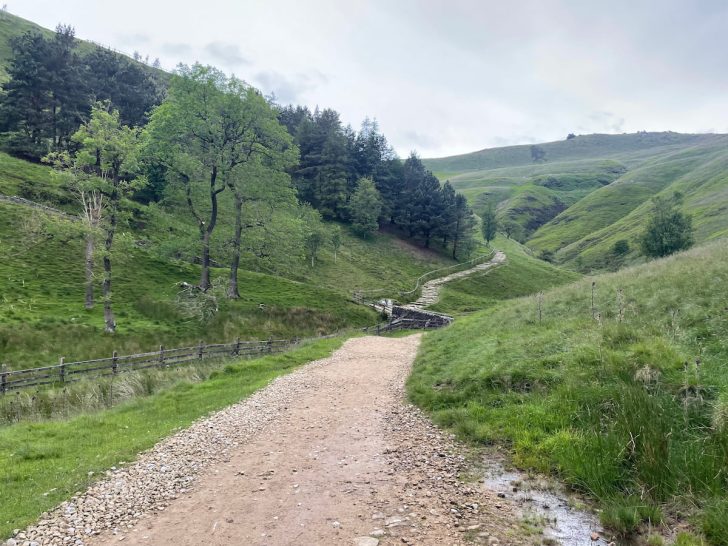
Susannah
Tuesday 31st of December 2024
Thank you for writing such an informative post, we're looking at visiting in late 2025 from Australia and this was really helpful!
Dave
Monday 23rd of September 2024
Hate to state the obvious here, but the Lake District is far superior to the Peak district. I like the peaks a lot, but the lakes are just way more beautiful with many more things to do and variety.